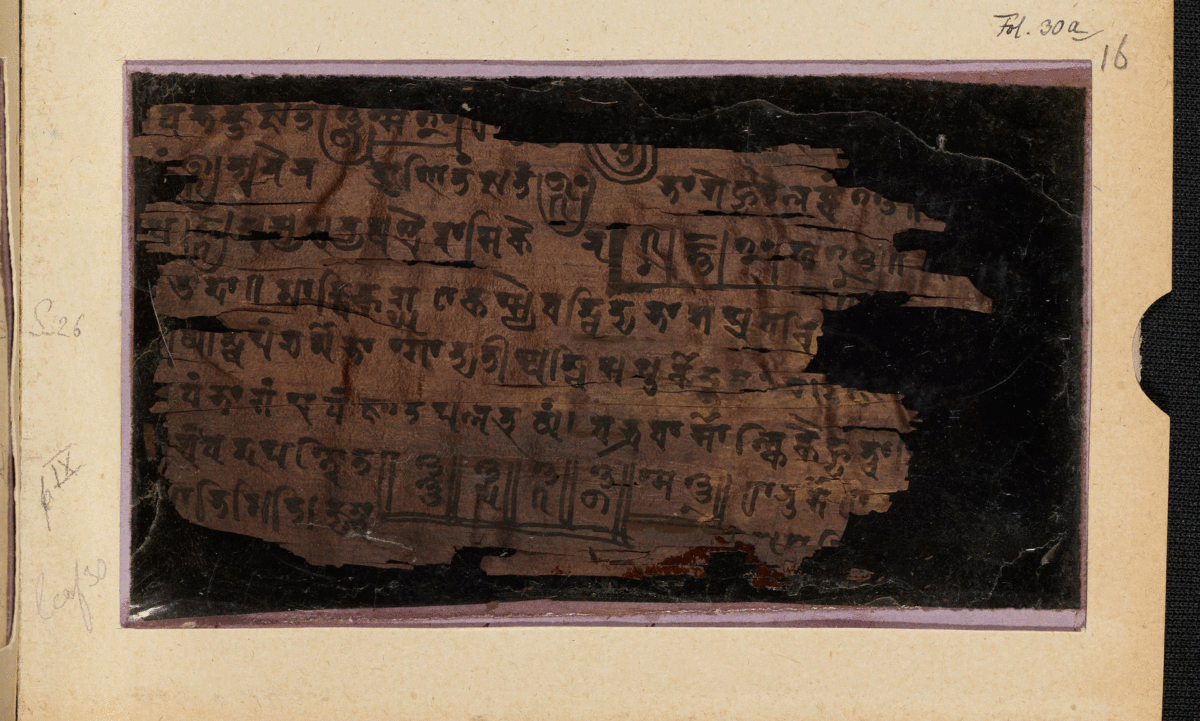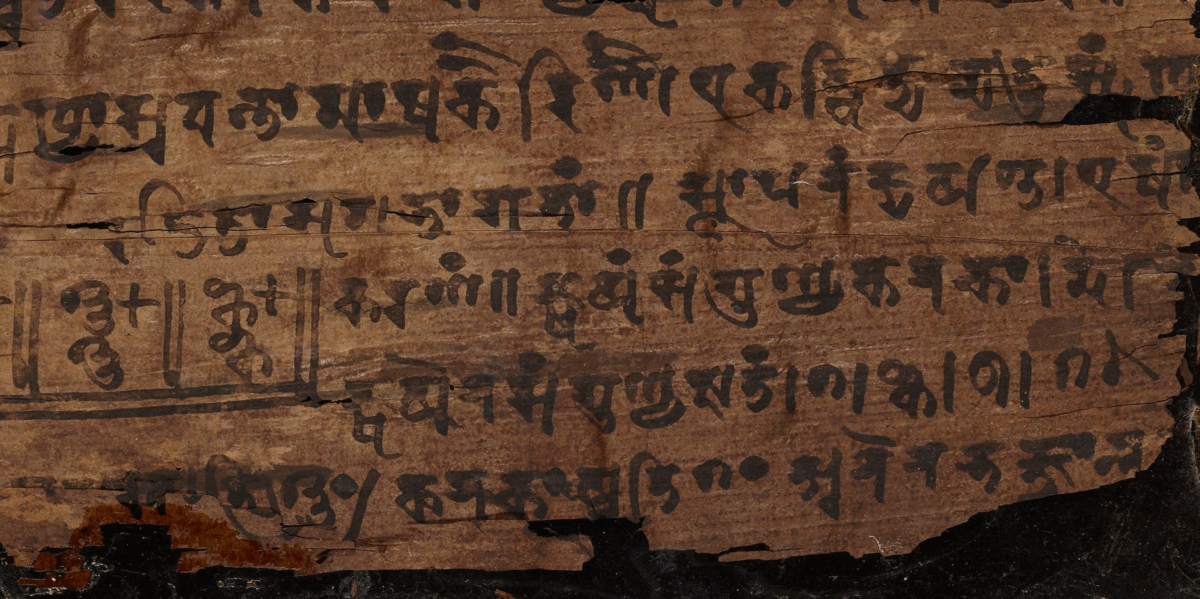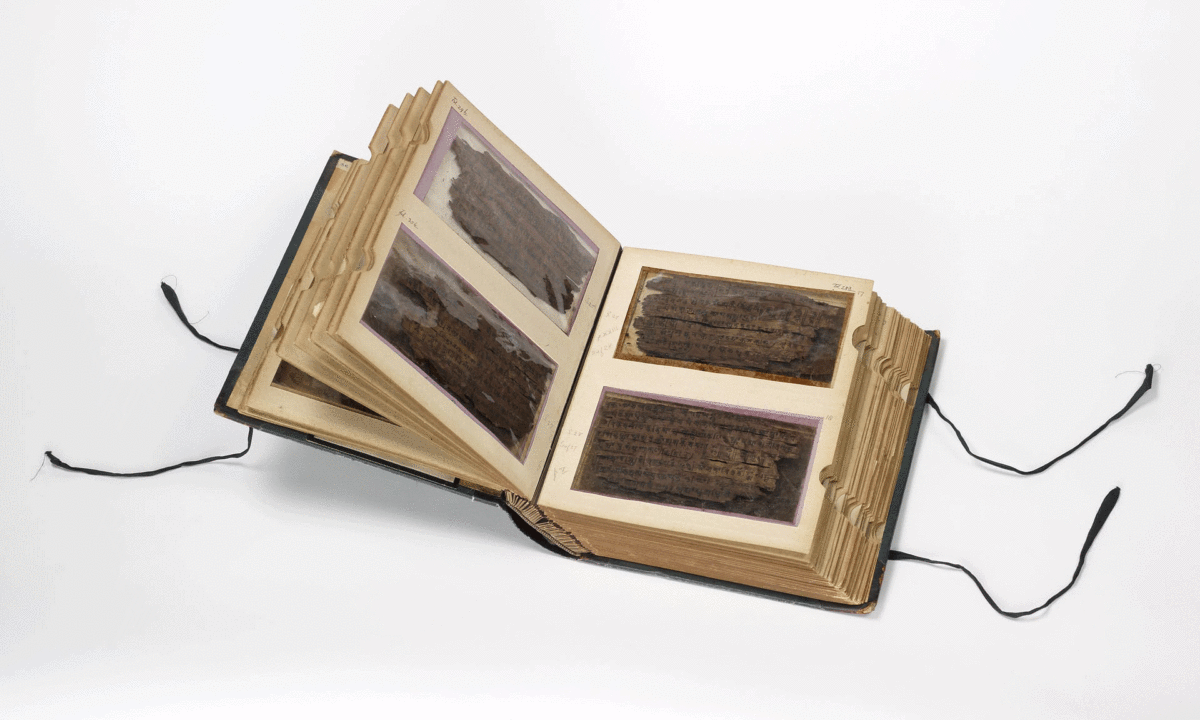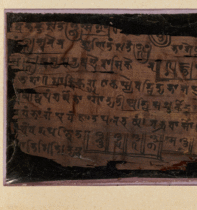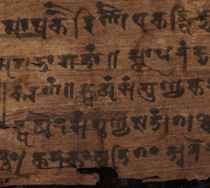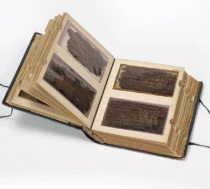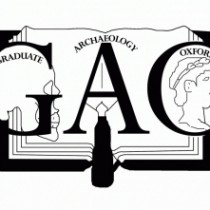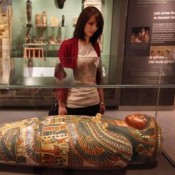Researchers challenge a recent claim of the oldest recorded use of a zero having been found in an ancient manuscript. The claim was made about a month ago by the Bodleian Library at Oxford University. Experts used radiocarbon dating on the Bakhsali Manuscript, and three of the birch-bark folios were dated to approximately 300 CE, 700 CE and 900 CE. One of the manuscripts, experts said, contains a symbol for zero; the mark in question actually functioned as a marker to indicate an empty decimal place, the library announcement said, and was not considered a number. The next recorded use of zero was about 500 years after the dates the radiocarbon dating showed.
Now, an international group of historians of Indian mathematics, have challenged Oxford’s findings. The team, which includes scholars from universities in the USA, France, Japan, New Zealand and the University of Alberta in Canada, has published a peer-reviewed article that refutes several of the Library’s key assertions.
The different estimations originate in the material comprising the raw matter of the manuscript, since other leaves in the same manuscript come from more recent centuries. Math historians argue that since the work written on the leaves is a unified treatise on arithmetic, it was probably written at the time of the latest of the manuscript’s leaves, not the earliest. They believe the person who wrote the treatise used various leaves manufactured at very different times.
However, math historians say that the zero included in the Bakhsali treatise is quite significant, not because it is the oldest specimen as the Bodleian claimed, but because the treatise does indeed know the “true” zero, and contains calculations like long multiplication that would have necessitated using zero as an arithmetical number. Furthermore, the treatise even contains a statement saying, “having added one to zero…,” thus proving that the early Sanskrit author was thinking about zero in a numerical way. Math historians say that this is far more important than the actual age of the treatise.
The Bakhsali manuscript was found in the late 1800s where today is Pakistan. Researchers say that it was used to show orders of magnitude in a number system. It contains numerous dots that are supposed to represent zeroes, denoting 10s, 100s etc. With time the dot turned into the symbol we use as a zero today.
The earliest confirmed recorded use of zero as a number so far had been an inscription on a temple wall in Gwalior, India, dating to the 9th century.
